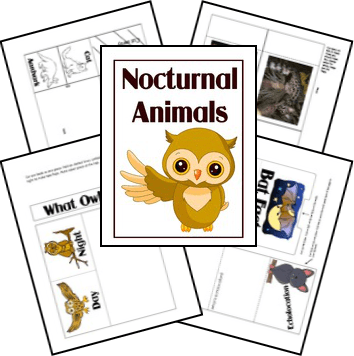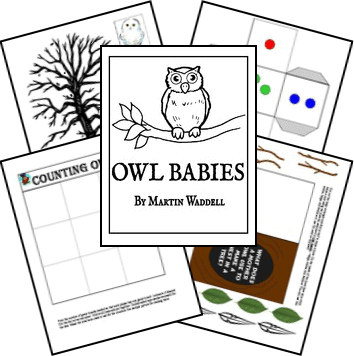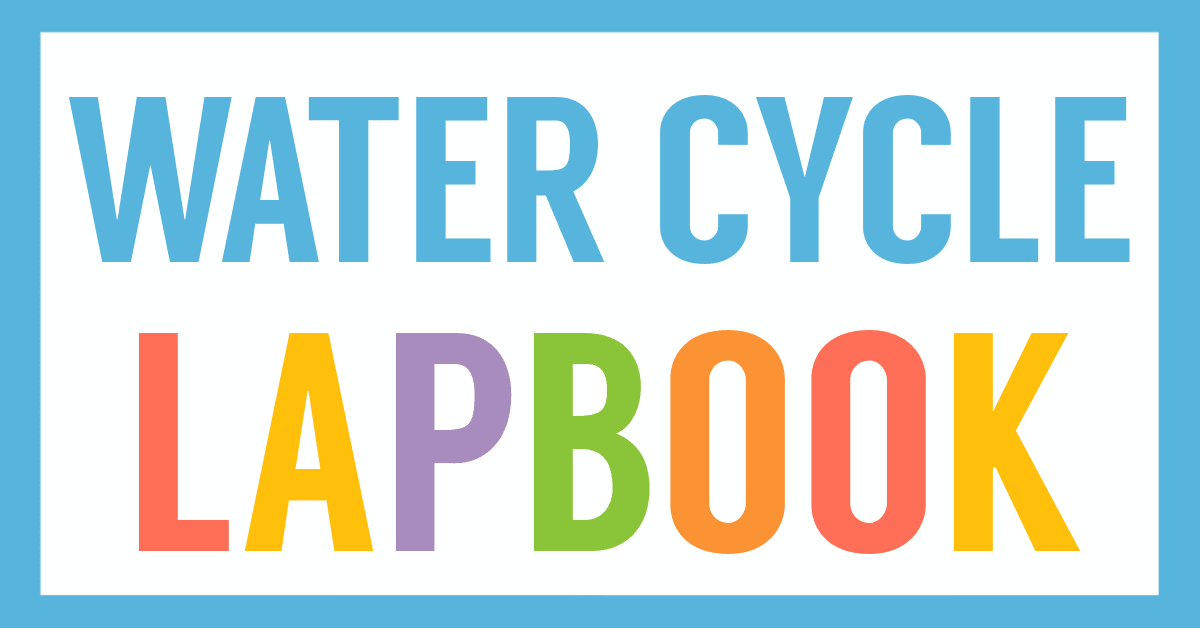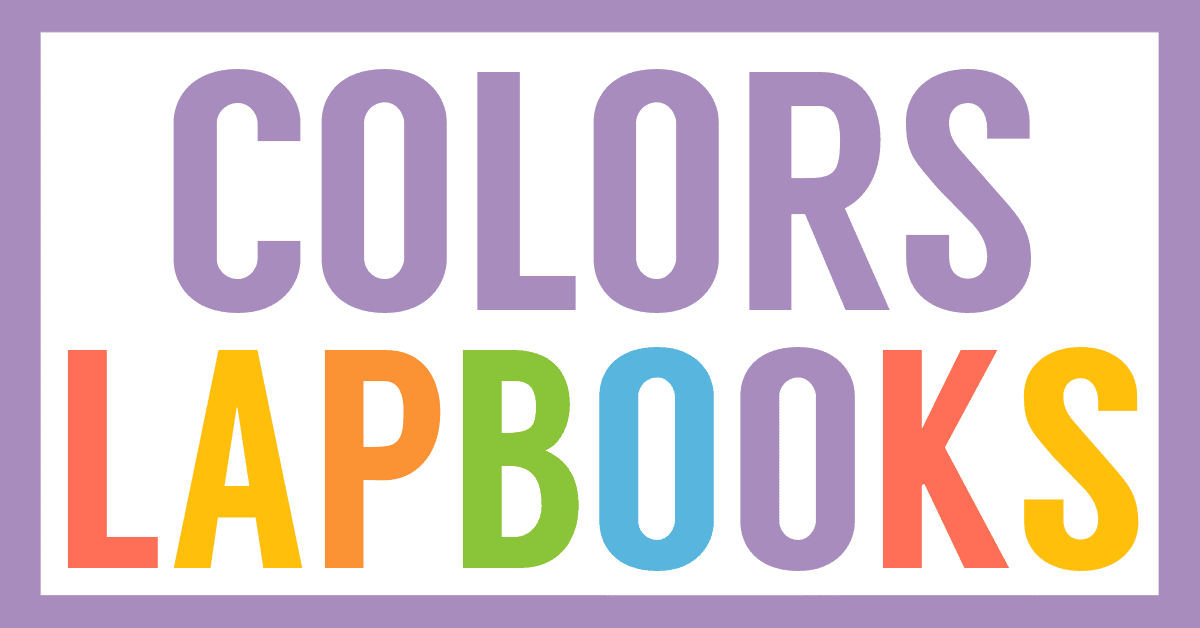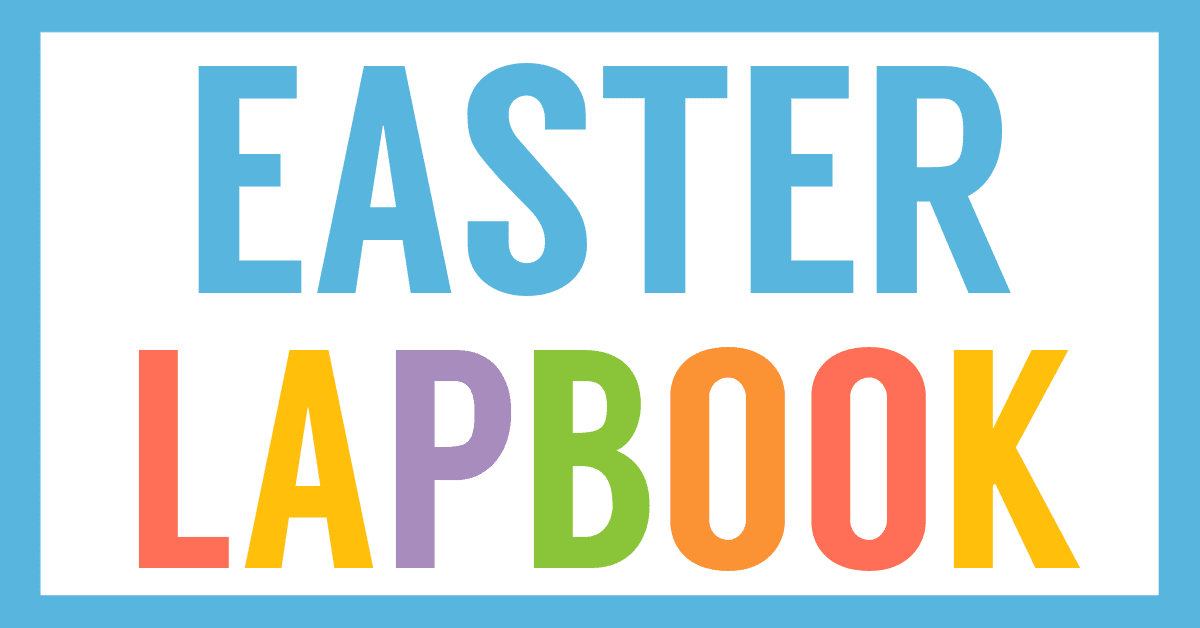Affiliate Disclaimer
We sometimes use affiliate links in our content. This won’t cost you anything, but it helps us to keep the site running. Thanks for your support.
Grab this unit study and dive into our free Stellaluna activities and lapbook printables. This lessons and printables are based on the book Stellaluna by Janell Cannon.
Knocked from her mother’s safe embrace by an attacking owl, Stellaluna lands headfirst in a bird’s nest. This adorable baby fruit bat’s world is literally turned upside down when she is adopted by the occupants of the nest and adapts to their peculiar bird habits.
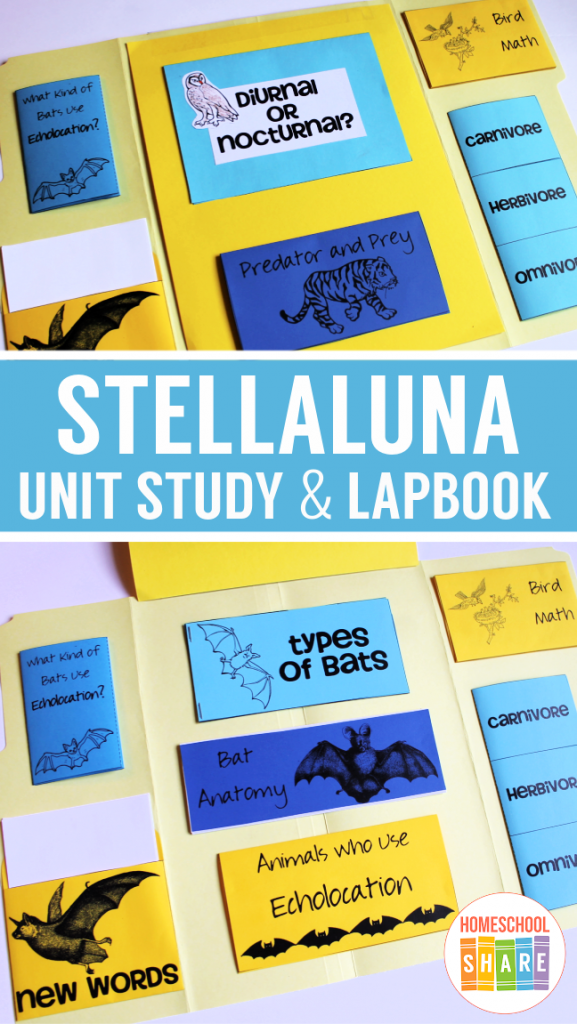
Thanks to Janee’ Lowrance, Denise Gregson, and Wende for writing the lessons for this Stellaluna Unit Study and Lapbook.
Stellaluna Activities & Lessons
Here are some sample activities and lessons from the Stellaluna Unit Study.
Science: Predators
What is a predator? What is prey? Can you name some of each? Can you make a chain of who eats who? Start with an animal and name some of the things they eat, then what those things eat, and so on. This is called a food chain.
Here are different ways animals protect themselves from predators. Which method would you try if you were an animal?
- Running away: fast animals (like rabbits and deer) can try to outrun their predators.
- Scaring predators: some animals try to convince their predators that they are bigger and scarier than they really are. Some butterflies, moths, and frogs have special markings on their bodies that allow them to do this.
- Hiding: some animals find rocks, leaves, or burrows to hide in; hoping they won’t be noticed or found by their predators
- Warning colors: poisonous animals (like the monarch butterfly and poison dart frogs) usually have special colorings that tell predators to stay away! When a predator eats one of these animals, it gets sick, and it remembers! Next time it sees the bright colors, it will find something else for lunch.
- Fighting: some animals have sharp teeth, sharp claws, or sharp horns, and they aren’t afraid to use them! They will attack predators if they have to.
- Camouflage: some animals have the ability to blend in with the area around them.
Many animals, like the “walking stick” insect and the Indian Leaf butterfly have amazing camouflage. Sloths are covered with a greenish layer of algae which camouflages their fur; they also move very slowly, making them even harder to spot.
Science: Echolocation
About 70% of all bat species use a navigation system called echolocation (a radar-like sense) to help them find their prey in the dark. Bats, dolphins, most whales and even some species of shrews use echolocation to navigate. By sending out sound waves, created by using their mouth or nose, these mammals can “see” in dark places. The sound goes out and hits an object and an echo is bounced back. Location, shape, size and even texture of an object can be identified by the sound of the echo.
Fruit bats, like Stellaluna, rely on vision to see. Microbats (bats who eat animals ~ at least for the most part!) “see” by using echolocation. Microbats depend on echolocation to help them hunt for food at night. They send out the sound waves (high pitched sounds) and when the echoes bounce back, they are able to judge what objects (such as insects) are close by.
You can grab a copy of the entire Stellaluna Unit Study and Lapbook when you subscribe to the newsletter (using the form at the end of this post).
Stellaluna Lapbook Printables
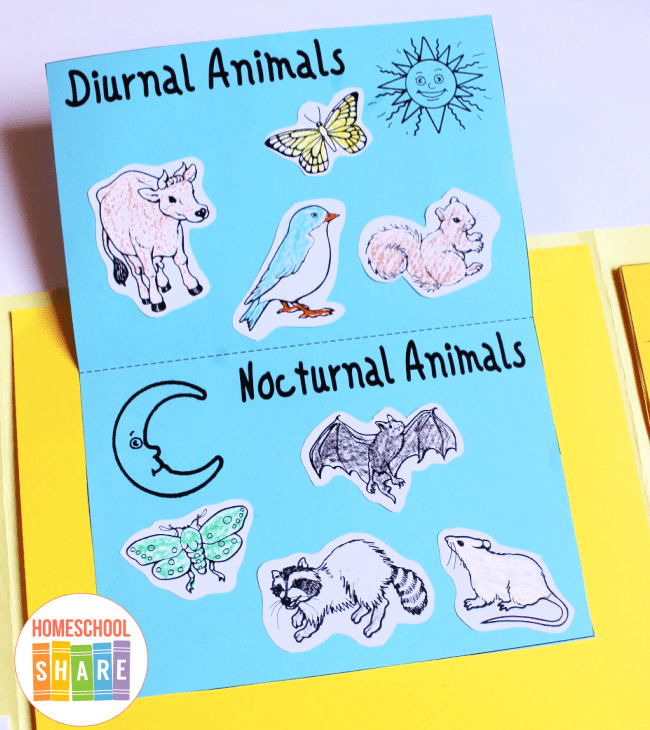
In addition to the unit study lessons, the file also includes these mini-books for your student to create a Stellaluna Lapbook. If you aren’t a fan of lapbooks, you could use them to make a Stellaluna notebook. Just paste the pieces to cardstock, hole punch the cardstock, and place the pages into a binder.
- Stellaluna Vocabulary Bingo Game
- Stellaluna Vocabulary Cards
- Bat Shape Jokes Mini-books
- Types of Bats Tab Book
- Nocturnal and Diurnal Animals Simple Fold Book
- Bat Anatomy Flap Book (Bat Diagram)
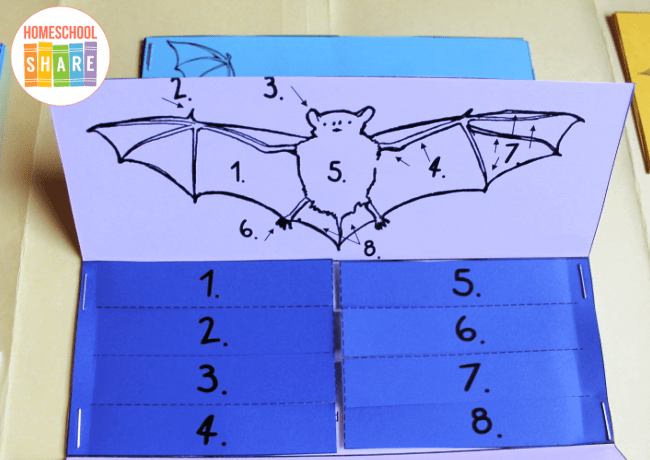
- Animal Diets Flap Book
- Animals Who Use Echolocation Mini-book
- Bird Math 3/4 Book
- Predator and Prey Matchbooks
- And more!
How to Get Started with Your Stellaluna Activities & Lapbook
Follow these simple instructions to get started with the Stellaluna Unit Study and Lapbook:
- Buy a copy of the book, Stellaluna by Janell Cannon, or borrow one from your local library.
- Print the Stellaluna unit study.
- Choose the lessons you want to use with your student (a highlighter works great for this).
- Choose and prepare the lapbook printables you want to use with your student.
- Enjoy a week of reading Stellaluna and learning all about bats.
Stellaluna Lapbook Example
This lapbook was made with one file folder and an extension. The extension is simply a piece of cardstock taped to the center of the lapbook.
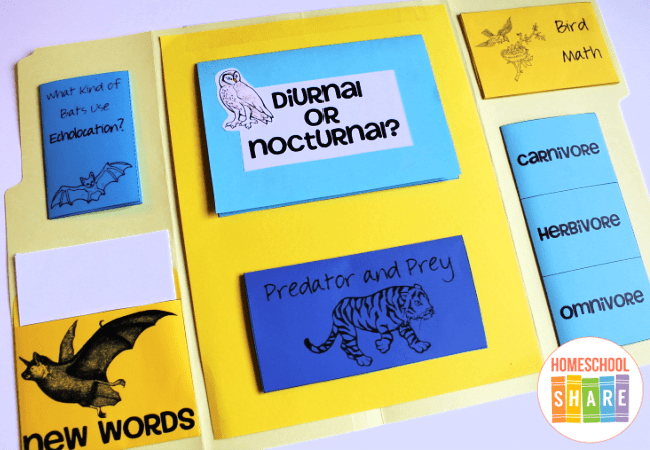
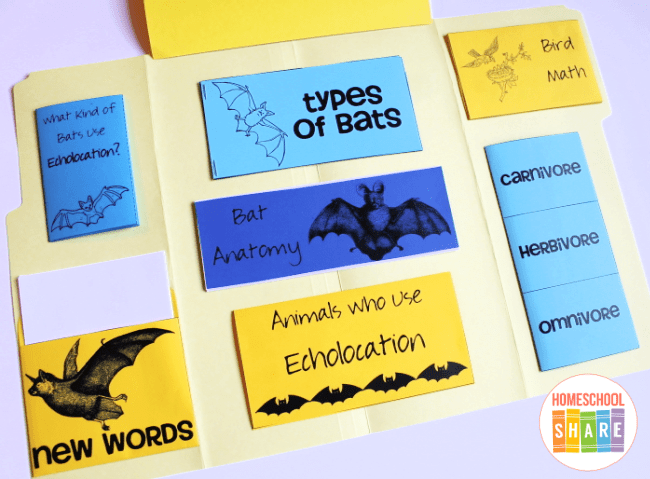
Get Your Free Stellaluna Unit Study & Lapbook
Use the form below to subscribe to the newsletter. Once you confirm, you’ll receive an email with the link to the lapbook. If you are already confirmed, simply enter your name and email address below, and you will receive an email with the link.

